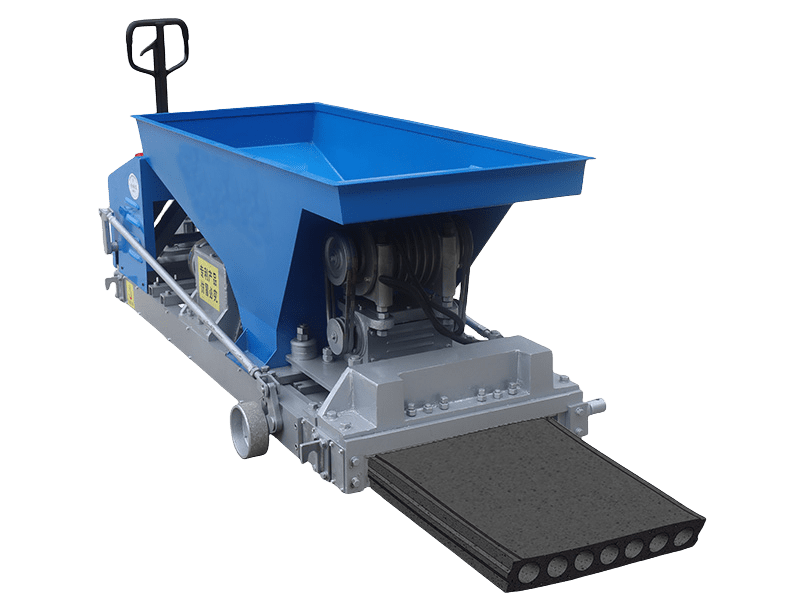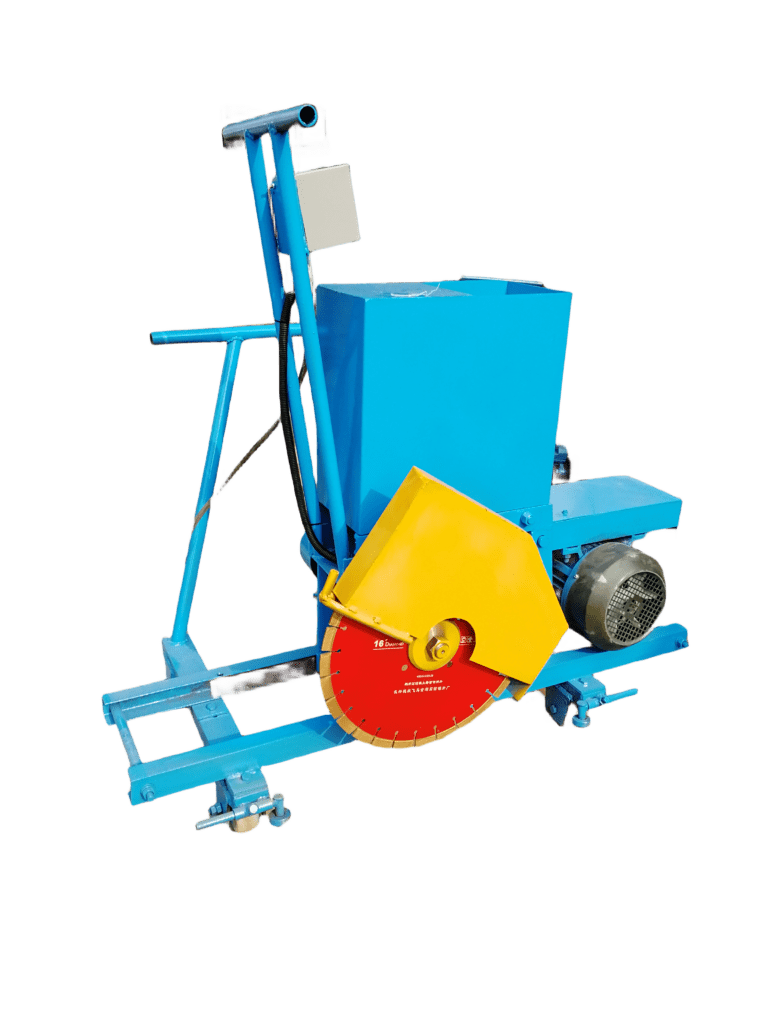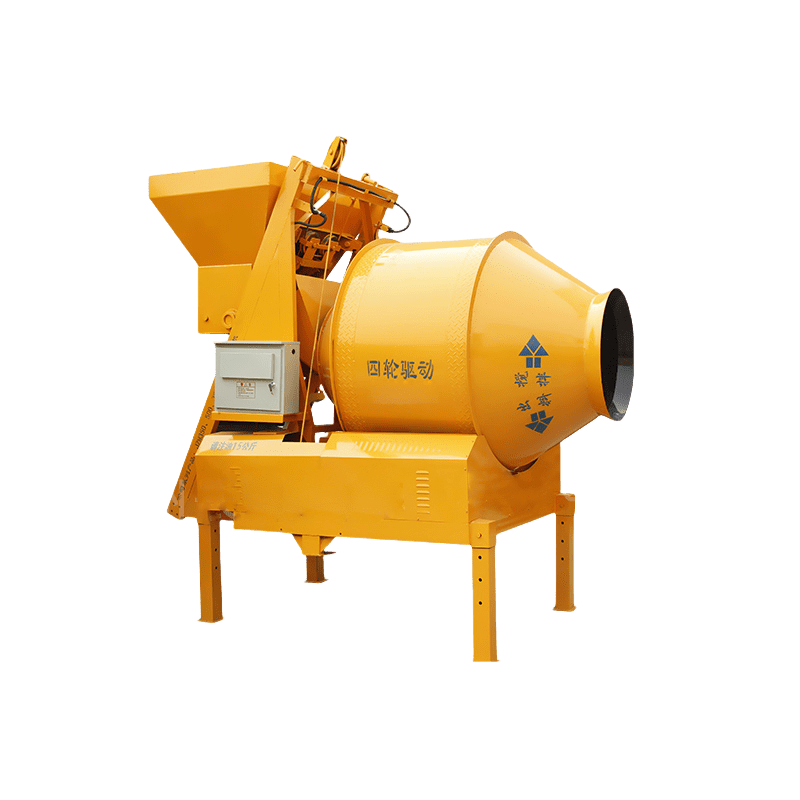How Are Precast Slabs Made?
A Guide to Extruded Precast Concrete Panel Manufacturing
Precast concrete slabs are fundamental components in modern construction, offering efficiency, durability, and design flexibility. Among the advanced production methods, the extruded precast concrete panel making machine has revolutionized the industry by enabling high-speed, automated manufacturing. In this article, we delve into the step-by-step process of creating these slabs, with a focus on extrusion technology.
1. Raw Material Preparation
The foundation of any precast slab lies in its materials. The mix typically includes cement, aggregates (sand and gravel), water, and additives (e.g., plasticizers or fibers for enhanced strength). Key requirements include:
- Precision in Proportions: A standardized concrete mix ratio (e.g., C30 or C35 grade) is essential to meet structural demands.
- Quality Control: Aggregates must be free of impurities, and cement should comply with industry standards to prevent defects like cracking.
Extrusion machines often integrate automated batching systems to ensure consistency, reducing human error and material waste.
2. Mold Preparation & Reinforcement
Traditional methods rely on wooden or steel molds, but extrusion technology streamlines this step:
- Mold-Free Extrusion: Unlike conventional casting, extrusion machines use a continuous forming process. The machine’s mold (or “die”) shapes the concrete into panels as it moves along a conveyor, eliminating the need for static molds.
- Reinforcement Integration: Steel rebars or welded wire mesh are embedded into the slab during extrusion. For hollow-core slabs (common in flooring), the machine creates voids by pulling a mandrel through the wet concrete, reducing weight while maintaining strength.
3. Extrusion Process
This is the core stage where the extruded precast concrete panel making machine shines:
- Feeding & Compaction: The concrete mix is fed into the machine’s hopper. Augers or vibrating systems compact the material to eliminate air pockets, ensuring density and structural integrity.
- Shape Formation: The concrete is forced through a shaped die, creating uniform cross-sectional profiles (e.g., flat panels, ribbed slabs, or hollow cores).
- Curing Initiation: Some machines include built-in curing systems, such as steam jets, to start hardening the slab immediately after extrusion.
4. Curing & Finishing
Post-extrusion, slabs undergo controlled curing to achieve optimal strength:
- Steam Curing: Accelerated curing in chambers at 60–80°C enhances early strength, allowing demolding within hours.
- Moisture Retention: Slabs are covered with wet burlap or sprayed with water for 7–14 days to prevent shrinkage cracks.
Extruded panels typically require minimal surface finishing due to the machine’s high-pressure forming, but additional treatments (e.g., sandblasting or coatings) can be applied for aesthetics or weather resistance.
5. Quality Assurance & Testing
Rigorous checks ensure compliance with standards:
- Dimensional Accuracy: Laser scanning verifies thickness, length, and flatness (tolerances ≤±2mm).
- Load Testing: Sample slabs undergo stress tests to validate load-bearing capacity.
- Non-Destructive Testing: Ultrasonic or rebound hammer tests assess internal integrity.
6. Storage & Transportation
Finished slabs are stacked using forklifts or cranes, with spacers (wooden blocks or rubber pads) to prevent damage. Extruded panels are often lighter than cast-in-place alternatives, reducing logistics costs.
Why Choose Extrusion Technology?
The extruded precast concrete panel making machine offers unparalleled advantages:
- Speed: Continuous production lines can output 100+ panels per day.
- Consistency: Automated controls minimize variability.
- Sustainability: Reduced material waste and energy-efficient curing align with green building practices.
Conclusion
From raw material mixing to precision extrusion, modern machinery has transformed precast slab manufacturing. By adopting extruded precast concrete panel making machines, manufacturers achieve faster turnaround, higher quality, and cost efficiency—key drivers in today’s competitive construction industry.
For more insights into advanced construction technologies, explore our technical guides or contact our team for customized solutions.
HENAN KELAI INDUSTRIAL CO.,LTD


